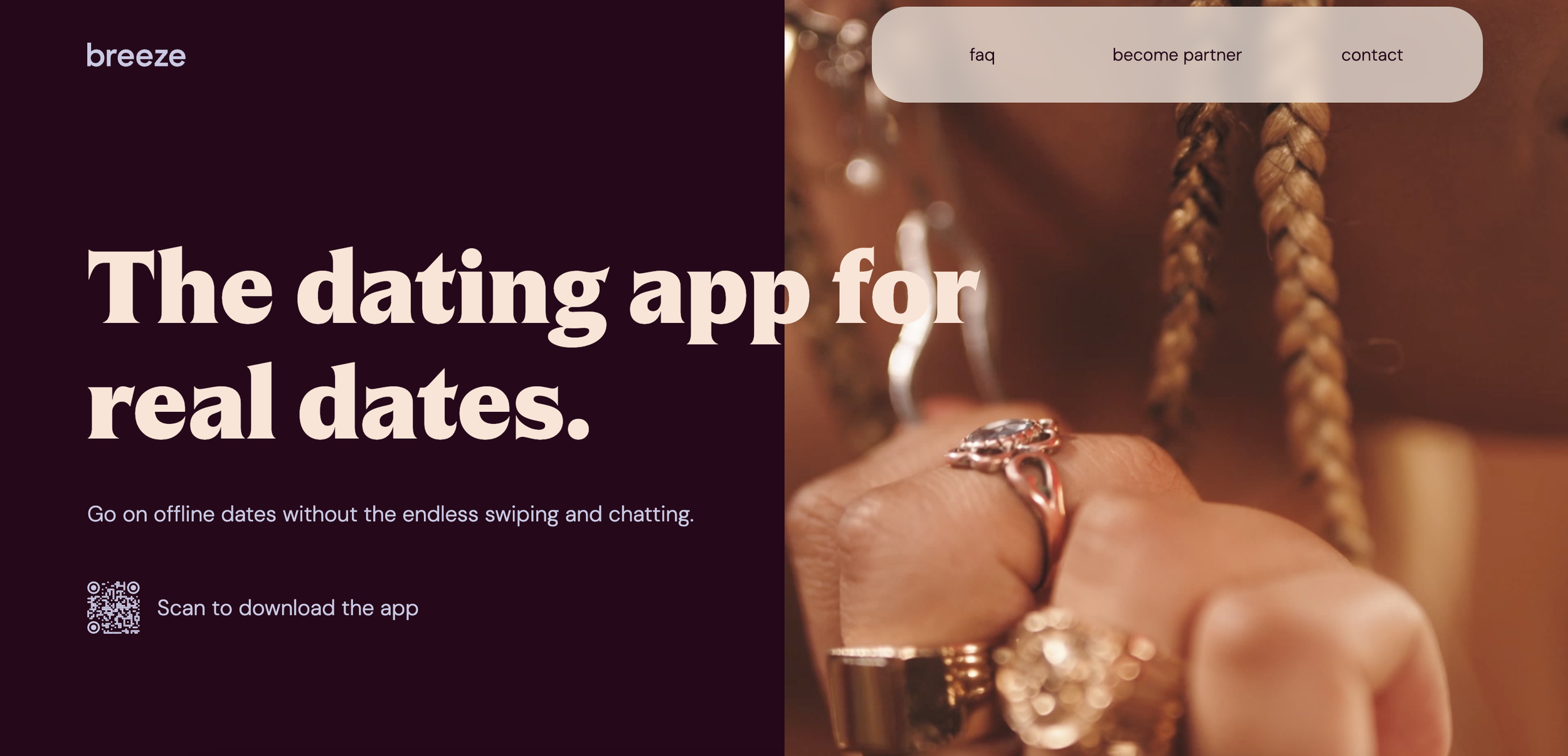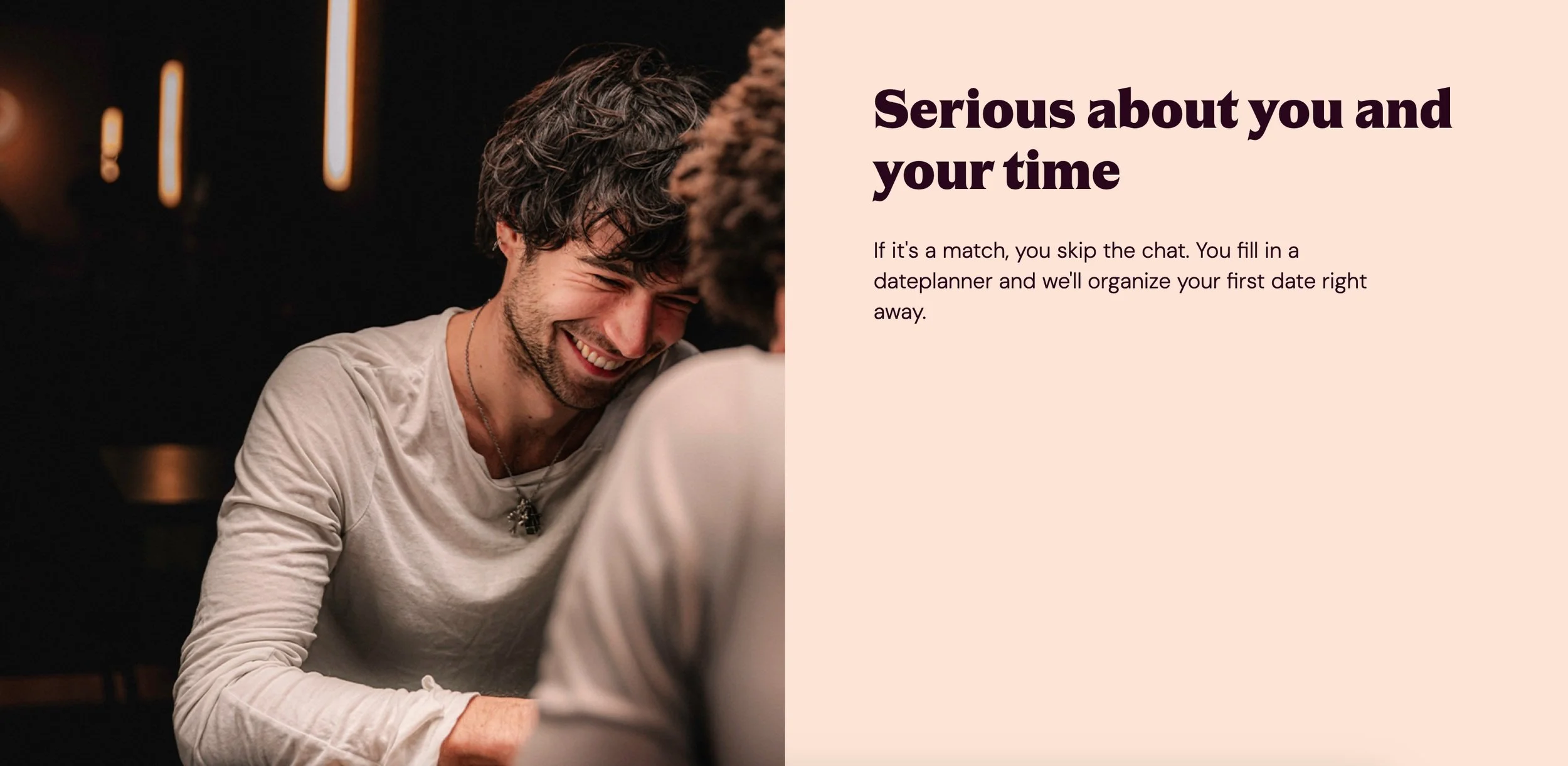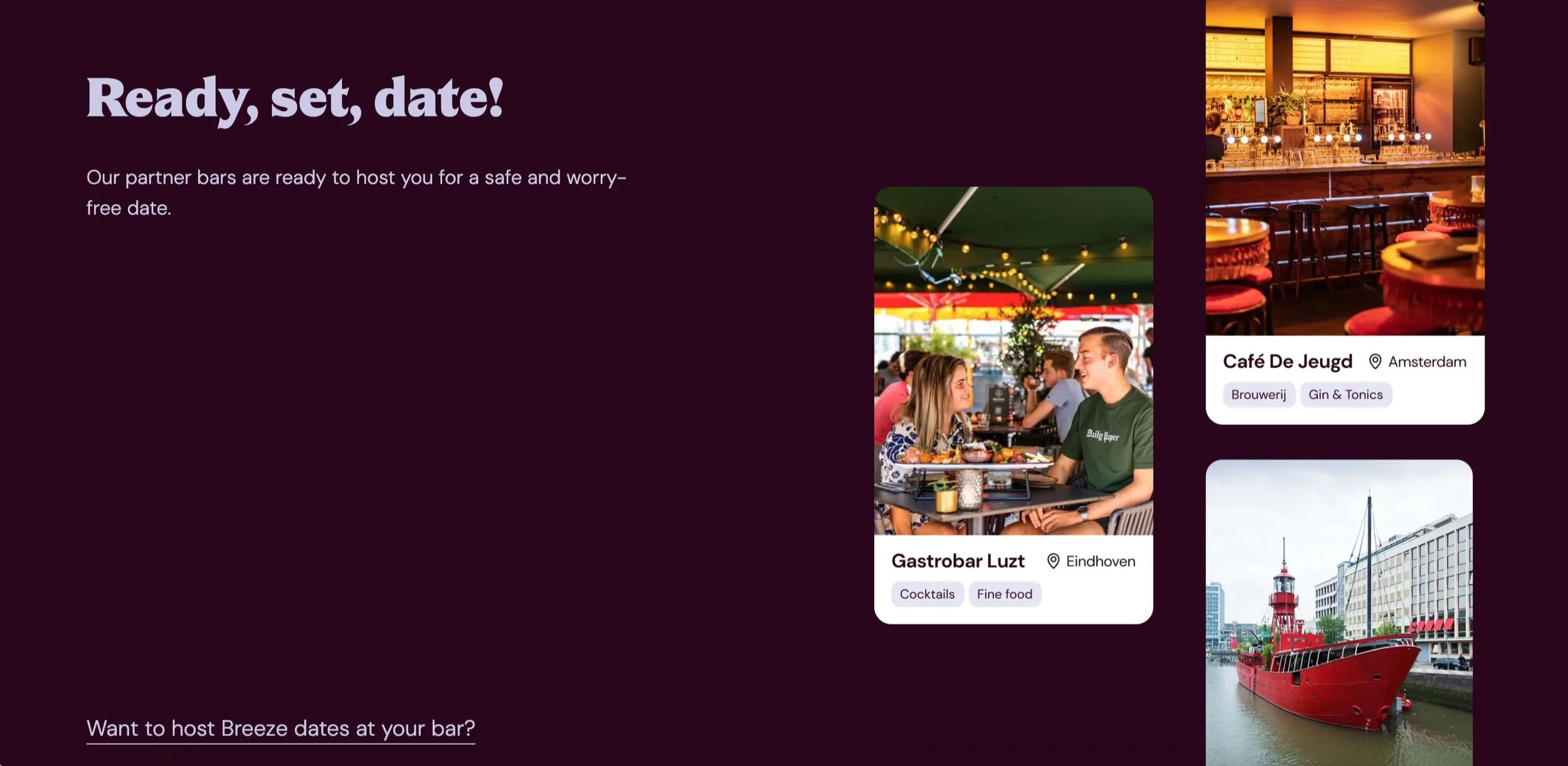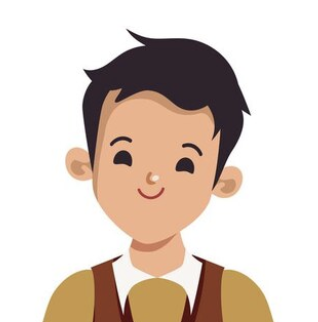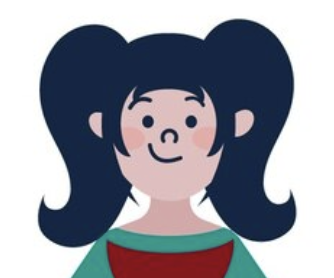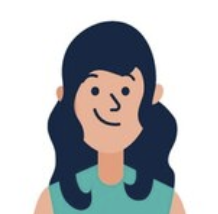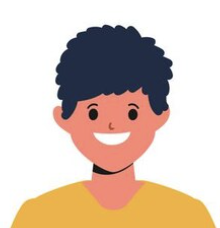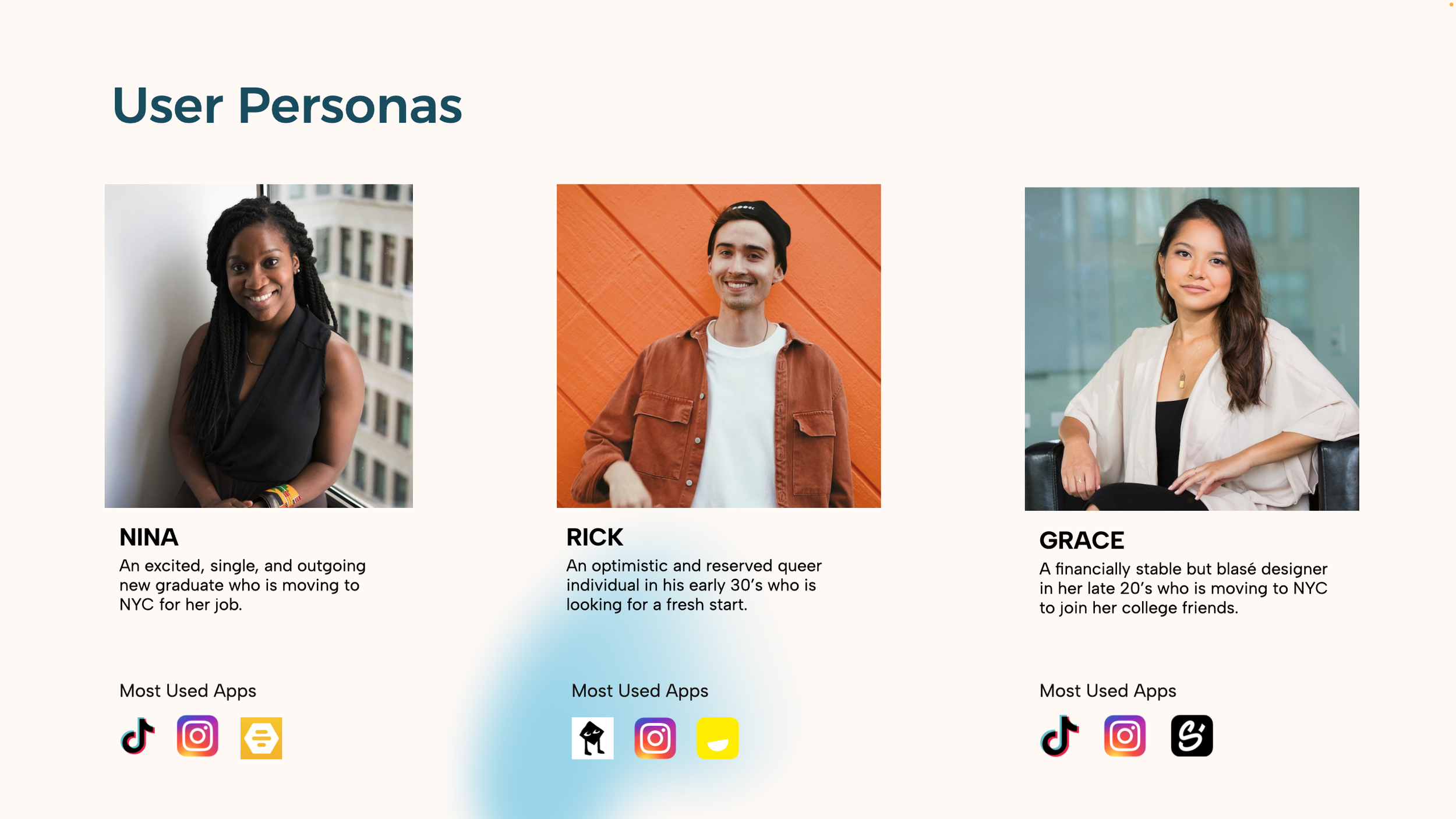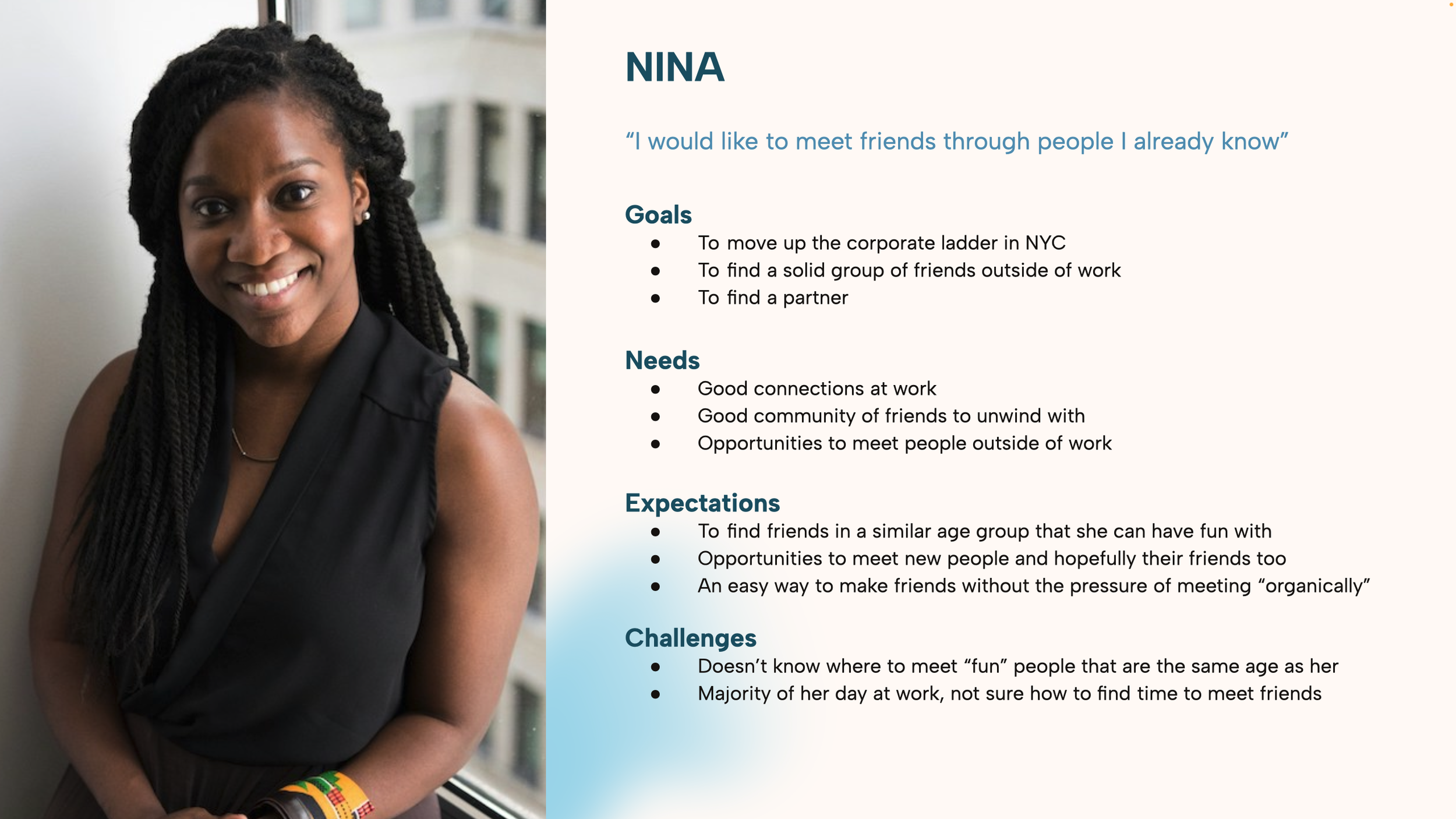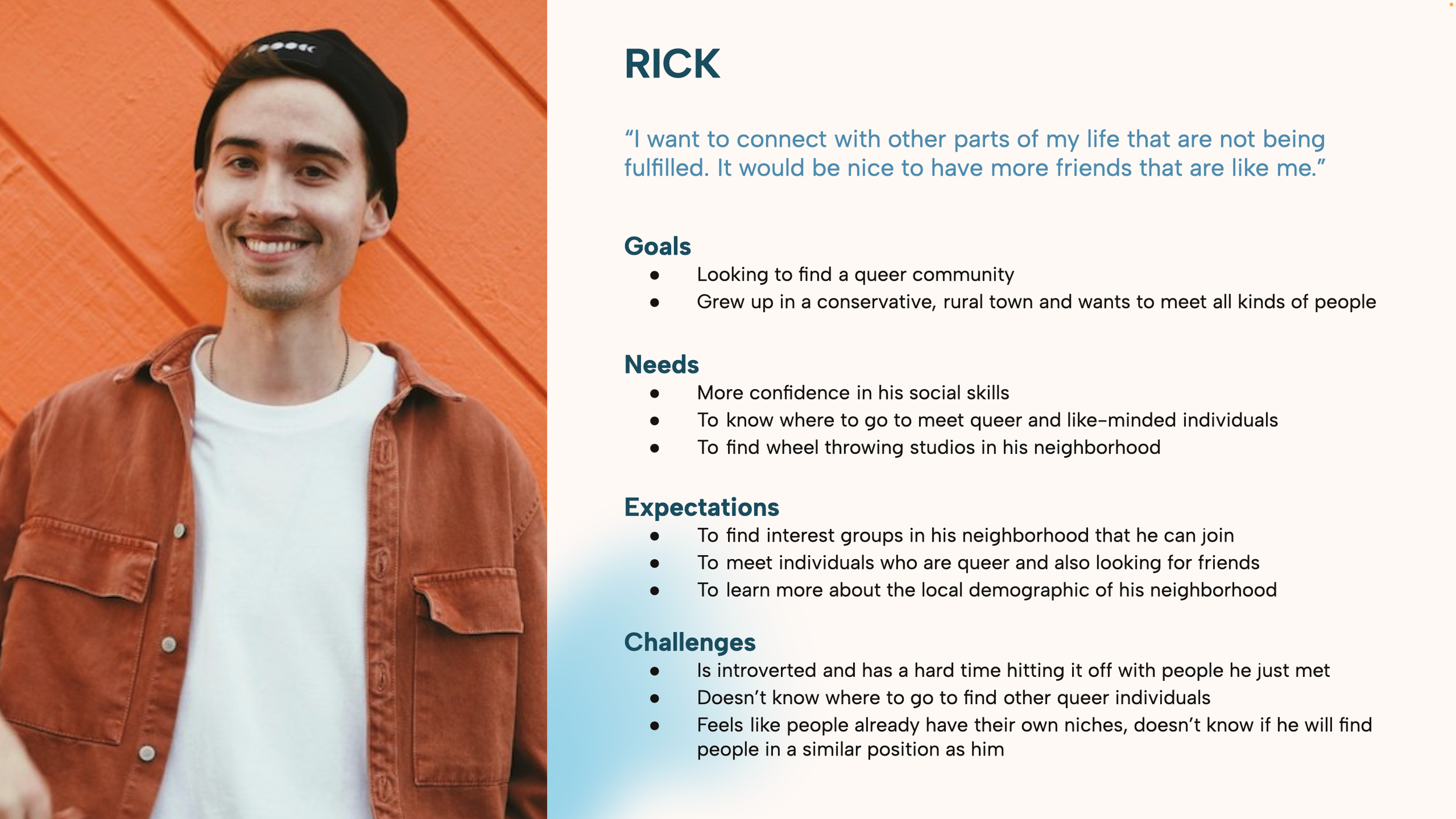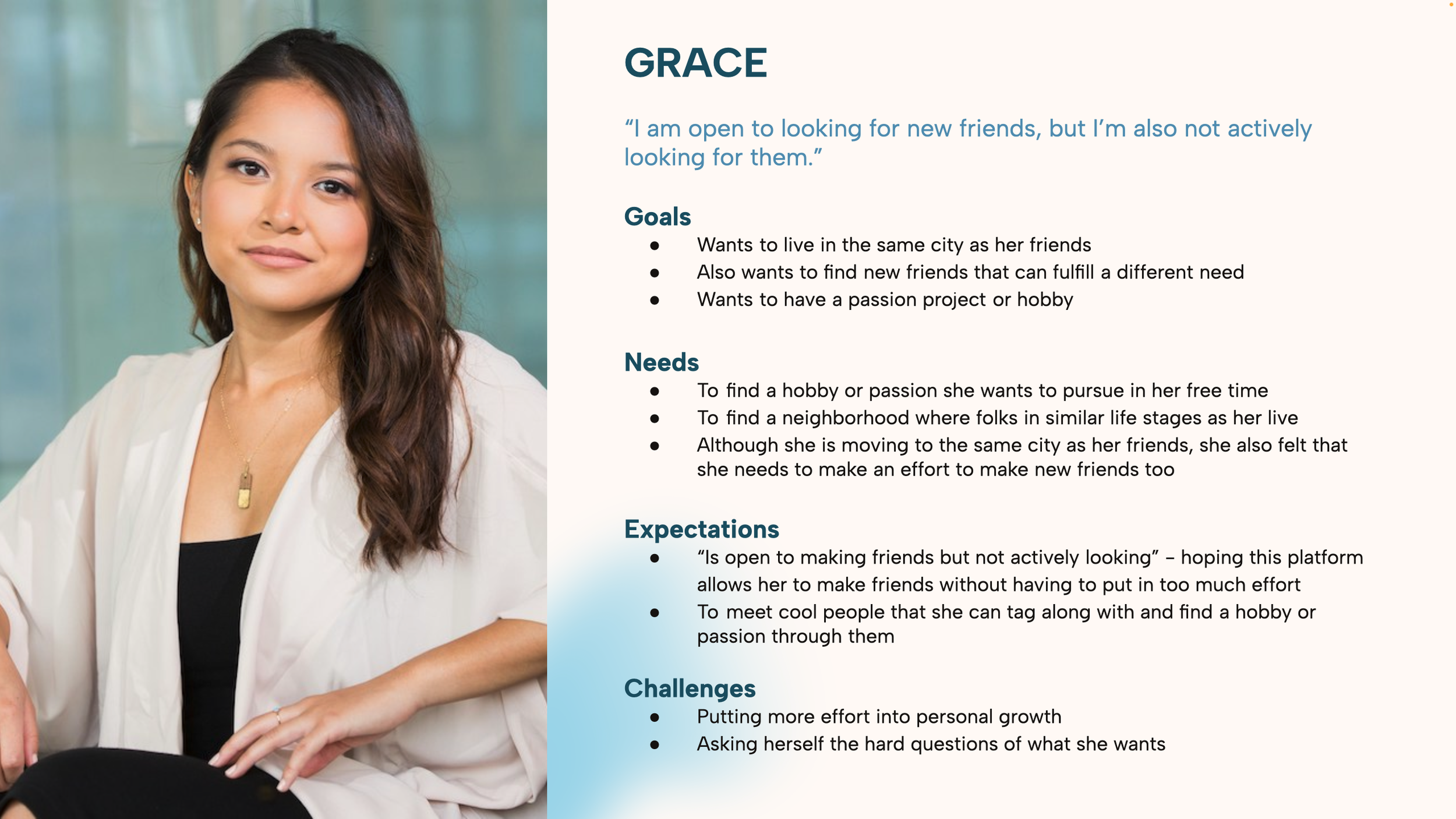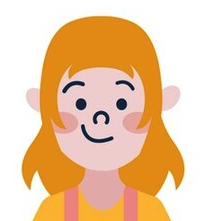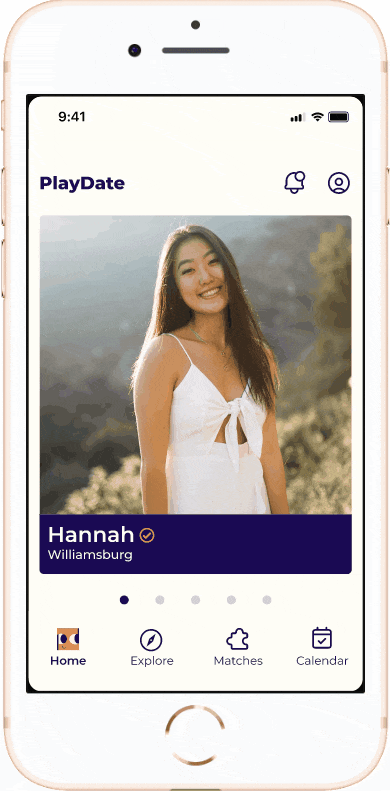PlayDate
PlayDate
Project Summary | Branding & UI/UX Design
PlayDate helps newcomers ease into life in NYC by making it easier to meet people and build community. Designed in response to the challenge Gen Z and Millennials face when relocating, the platform uses self-scheduling and planning tools to reduce uncertainty and foster connection.
Scenario
You are in your 20’s/30’s and made the BIG decision to move to NYC.
You’ve got all the logistics figured out:
Job
Apartment & move-in date
Packing & moving your belongings
Now that these important arrangements have been made, you are filled with excitement for D-Day!
The only thing is…
You don’t really know anyone in NYC…
But don’t worry! You’re not the only one.
Market Research
Despite numerous social apps, new movers still struggle to find community. This suggests a gap in existing platforms.
To explore this, I examined Breeze, a European dating app that stands out by scheduling first dates at local spots, removing the friction of planning and encouraging real-world connection.
Breeze
Features:
A dating app that takes online dating offline. Every day, the app sends a user a handful of people it thinks they’ll like. If it’s a match, you skip the chat, and Breeze will organize the first date at a safe location.
Pros:
This method of matchmaking takes the pressure off the users to arrange a date. It also gives the users an opportunity to check out a new business in the city that they may not have previously visited.
Cons:
App offers limited activities for the arranged dates: going to a local bar or a “walk and talk”.
User Research
The user research provided clarity on what people think, feel, and do related to creating new friendships. User interviews with recent NYC transplants especially shed light on the core barriers they encountered when finding connections in their new communities.
Insight | Location heavily influences how young movers explore and connect with their new neighborhoods.
People build identity and belonging through their surroundings, and growing a community goes hand in hand with getting to know your neighborhood.
“I end up exploring new neighborhoods when I head out to hang out with friends”
Virginia L.
“I enjoy the process of discovering/exploring while finding the closest grocery store, bodega, etc.”
Josiah P.
Insight | Young movers often seek community with others who share their interests or life stage.
Meeting like-minded locals in neighborhood third spaces is ideal for new movers.
“It’s hard to find friends in the same lifestyle/life stage as you”
Opal D.
“I think it would be easier to make friends if I had a hobby and found community this way”
Justine K.
Insight |Post-COVID, Gen Z and Millennials find it harder to initiate social interactions.
Anxiety around socializing and the uncertainty of a new place make it hard for movers to take the first step in making friends.
“I’m kind of introverted, so joining social clubs was intimidating”
Cean P.
“ I had hopes of building community when I moved here but realized it was way more difficult than I thought it would be, especially with COVID - it just wasn't a good time.”
Evelyn K.
Problem:
Gen Z and Millennials have difficulty finding community and engagement when they move to a new place.
Research Goal:
We want to learn how young movers get connected in their new neighborhoods so that we can foster and streamline this process for them.
Point of View Statement:
We want to explore ways to help Gen Z and Millennial movers meet other locals in similar life stages so that they can feel a sense of community with those around them.
How might we foster an environment for Gen Z and Millennial movers to meet with locals who share the same interests and goals?
How might we facilitate opportunities for young movers to meet others with similar hobbies and interests in NYC?
How might we assist new Gen Z and Millennial movers to make friends organically while exploring the city?
Vision
User research confirmed that coordination anxiety and fear of meeting strangers often stop new movers from forming connections. The solution needed to reduce this stress and make the process of meeting new people feel safer and more approachable.
This is Nina! She is packed and ready to move to NYC!
The only problem is, she doesn’t have friends in NYC and doesn’t know anything about her new neighborhood.
Her friend Dan tells her about PlayDate, a platform his college friends used when moving to NYC to make friends in their neighborhoods. It also creates an itinerary for you!
Nina started using PlayDate and quickly found someone in her neighborhood with similar interests
PlayDate created an itinerary for them, in their neighborhood, so all they had to do was wait for the day-of and show up.
Nina and her new friend, Kelly, met at the scheduled location and were able to hit it off. Without the pressure of picking a meeting location or activity, they met easily and connected through their interests.
UX Design | Low Fidelity
Initial Sketches
Making the Process “Less Scary”
Onboarding Flow
PlayDate uses the user’s neighborhood and areas they want to explore to generate potential matches who also either live or want to explore the same areas.
Matching Flow
When the user wants to match, all they have to do is select their availabilities and the app will generate an itinerary for the users to meet.
Tablet Screens
Matching Flow
Brand and Style
For PlayDate’s branding, I aimed to show that making friends can be easy and fun, with a playful, bold style that meets accessibility standards.
Some of the keywords that served as a guideline for the branding were: adventurous, inclusive, and playful.
Branding
Initial Sketches
Fine-tuning the Logo
The logo uses the letters “p” and “d” from PlayDate to form a playful face. I experimented with line weights and colors to capture the project’s authentic vibe.
Final Logo Design
The final logo features cream, orange, and deep blue colors with a bold Montserrat font. I skipped the face outline to keep it feeling fresh and open.
Assets
UI Design | High Fidelity
The Onboarding and Matching Flows have been streamlined and the branding has been solidified. The high fidelity wireframes actualize the concepts and iterations from the previous steps of the design process and bring us closer to the final product.
Onboarding Flow
The onboarding/sign up process was made with simplicity in mind. With a mobile number login and selection of neighborhood(s) as the 2 main steps to complete registration, the onboarding is as easy as it is crucial to the match generation process. After registering, users can begin to personalize their profiles and add as many interests as they’d like to get matches that are most similar to them.
Matching Flow
PlayDate provides five daily match suggestions and lets users choose who they'd like to meet, skipping the small talk. Once both users opt in and share availability, the platform schedules a meetup with a tailored itinerary based on shared interests and location.
User Testing
Usability testing showed that users found the onboarding and matching flows intuitive, playful, and fun. Participants appreciated the clear steps and felt the experience wasn’t overwhelming.
Constructive Feedback
The most common feedback I received from these tests were on user safety, a desire for more content to be shown on the profiles of potential matches, and difficulty in tapping/selecting parts of the forms.
“How do users know they will be safe on these PlayDates?”
Ellie L.
“I want to know more about the person on their profile screen.”
Stephanie K.
“I had a hard time selecting some of the boxes on the availability screen”
Chelsey B.
UI Iterations
Solutions
Final updates based on user feedback enhanced the experience with added safety features like flagging and profile verification. Personality prompts were introduced, and interactive elements were made more prominent and easier to tap.
Final Prototypes
Onboarding
Setting up the user’s profile and selecting their neighborhood and areas of interest.
Browsing through suggested profiles and selecting availability to meet with the potential match, Hannah.
Matching
Final Results
The insight from the initial research and the feedback from user testing refined the solution’s mission to mitigate awkward and discouraging interactions while promoting relationship building. PlayDate approached this nuanced process with a fresh perspective that helps users feel confident when putting themselves out there. With continued research and iterations, this platform will further develop into a product that is valuable and a holy grail for new NYC residents.
Retrospection
Hindsight is 20/20
The iterative design process for this project was an insightful journey that heavily drew from the lived experiences of recent movers. I appreciated the initial research process and enjoyed learning about the participants’ experiences with moving to NYC. Looking back on the conducted interviews, I wish I asked more questions about how they felt in each step of the moving process and why they might have felt that way. Having this information would form the product solution in a more meaningful way that directly address the human experience that it is trying to facilitate.
Next Steps
Design projects feel like there is always more work that can be done. Moreover, with the Onboarding and Matching flows fleshed out, I would like to dive deeper into the matching process and fine-tune some of the details. The next interactions that I would develop include:
What the itinerary looks like and how users interact with it
Coordinating playdates for larger groups
Partnerships with local businesses






